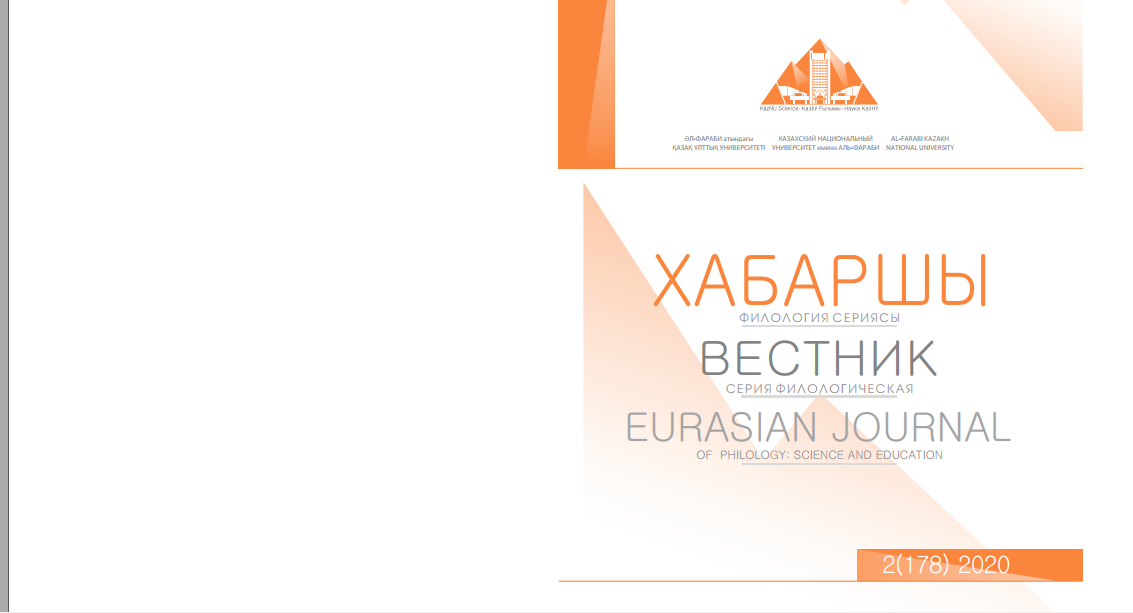Shakarim’s «Religion of the Soul». Three faces of the «Beloved»
DOI:
https://doi.org/10.26577/EJPh.2020.v178.i2.ph14Аннотация
The article is devoted to the philosophy and poetics of Sufism in Shakarim’s poetry. The study of the
originality of the Kazakh poet’s interpretation of Sufism took on the character of the concept of «religion
of the soul»/ Shakarim’s «religion of the soul» is explored as the history of man’s inner path to God. The
theme of love ‒ the ascent of the human spirit to the absolute-is interpreted by the poet as a personal
experience of mystical insight. Typical for Sufism motives: spiritual purification and insight through
touching the mystery, sorcery of the Beloved, touching the lock of the Beloved, intoxication with wine,
the disappearance of one’s self, and death are shown in three poems of Shakarim as the triumph of the
absolute and the creation of the world. A common theme for Shakarim’s lyrics is revealed: «I and God».
The author analyzes the symbolism of intoxication as a comprehension of the Truth, the function of the
images of the «lock of the beloved», the Nightingale, the «beggar», and the Paradise houris. The specifics
of the interpretation of Sufism by Shakarim is shown as an ethical and moral program for improving a
person and spiritual comprehension of the truth. The concepts of the spiritual Kingdom and the spiritual
heart and pure mind are also studied as the basis of the poet’s worldview, which caused the genre originality of his poetry, philosophical and didactic at the same time.







